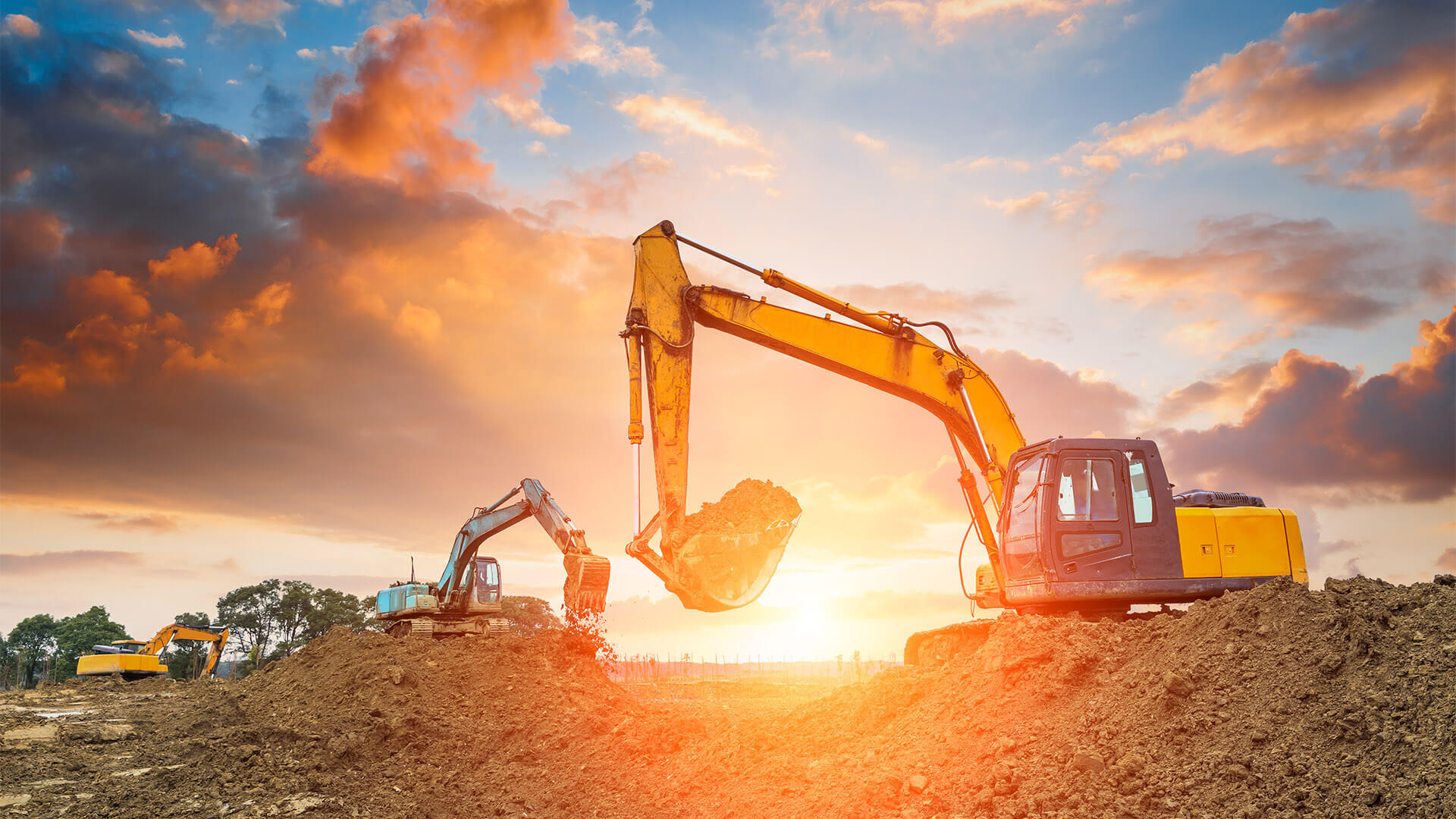Find the most effective Rental Company Near Me for Equipment
Wiki Article
Renting Out Vs. Purchasing Construction Devices: Making the Right Selection for Your Job
When embarking on a building and construction task, one of the crucial decisions that forecast stakeholders and supervisors deal with is whether to purchase or rent out construction devices. The choice hinges on various aspects such as cost considerations, task duration, tools maintenance, danger, adaptability, and scalability monitoring.Price Factors To Consider
Renting devices commonly calls for lower first settlements compared to buying, making it an attractive alternative for short-term jobs or specialists with spending plan restrictions. In the lengthy run, continually renting out equipment can build up higher prices than purchasing, particularly for extended jobs.On the various other hand, getting construction tools includes higher ahead of time expenses yet can cause long-lasting cost savings, specifically for long-term projects or constant individuals. Possessing tools provides adaptability, ease, and the possibility for resale worth once the job is completed. Furthermore, owning equipment enables personalization and experience with particular machinery, potentially enhancing effectiveness and performance on-site. Ultimately, the decision between renting and buying building tools depends upon the job's duration, frequency of usage, budget plan considerations, and long-lasting economic goals.
Task Period

Alternatively, for long-lasting projects or continuous building and construction job, getting tools might be the more cost-effective choice. Acquiring equipment can bring about cost financial savings in the future, specifically if the tools will be often used. Additionally, owning tools gives a feeling of control over its schedule and permits modification to fit certain job requirements.

Equipment Maintenance
Provided the critical duty task duration plays in determining one of the most cost-effective strategy between acquiring and renting out building devices, the focus now shifts towards taking a look at the essential element of equipment maintenance. Proper upkeep is important for guaranteeing the optimum performance and longevity of building tools. Leasing devices typically features the benefit of having properly maintained machinery offered by the rental business. This can alleviate the worry of upkeep tasks from the job owner or professional, conserving effort and time. On the various other hand, possessing tools calls for an aggressive approach to upkeep to avoid malfunctions, guarantee security, and expand the devices's life-span. Normal examinations, servicing, and prompt repair work are essential to keep owned devices in leading working problem. Consider maintenance costs when determining between buying and renting, as neglecting upkeep can result in costly fixings, downtime, and job hold-ups. Eventually, a well-kept building equipment fleet, whether rented or possessed, is crucial for the effective and reliable conclusion of construction projects.Versatility and Scalability
In the world of building equipment monitoring, the element of versatility and scalability holds considerable significance for project performance and resource utilization. Deciding to rent building and construction equipment gives a high level of versatility as it enables the quick change of equipment kinds and quantities based on the advancing requirements of a project. Leasing enables specialists to access a wide variety of customized devices that may be needed for certain jobs without the long-term commitment of ownership. This flexibility is especially helpful for tasks with varying demands or unsure periods (boom lift rental).Leasing building and construction equipment offers the advantage of conveniently scaling operations up or down as project demands best site vary. Professionals can quickly exchange or add tools to match the project's changing demands without the constraints of having assets that might become underutilized or obsolete.
Risk Administration
Reliable risk administration in building and construction tools operations is critical to ensuring task success and mitigating prospective monetary losses. Building jobs naturally involve various risks, such as tools breakdowns, accidents, and job delays, which can dramatically impact the task timeline and budget. By meticulously considering the risks linked with owning or renting building equipment, project supervisors can make enlightened choices to decrease these prospective risks.Renting construction tools can use a level of threat mitigation by transferring the responsibility of maintenance and fixings to the rental firm. This can reduce the monetary concern on the project owner in instance of unanticipated tools failings (mini excavator rental). Furthermore, leasing offers the flexibility to gain access to specialized devices for specific project phases, lowering the threat of possessing visit site underutilized machinery
On the other hand, having building devices provides a sense of control over its usage and upkeep. However, this likewise suggests birthing the full responsibility for repair services, upkeep costs, and devaluation, increasing the monetary threats related to devices possession. Mindful risk analysis and factor to consider of variables such as project duration, equipment use, and upkeep requirements are essential in establishing one of the most suitable option for efficient risk administration in construction tasks.
Conclusion
In final thought, when making a decision in between renting out and acquiring building and construction tools, it is essential to take into consideration price, task period, devices maintenance, scalability, danger, and versatility monitoring. Each element plays an essential function in determining one of the most appropriate choice for the project at hand. By carefully evaluating these elements, project supervisors can make an informed choice that straightens with their budget, timeline, and total project goals.
Report this wiki page